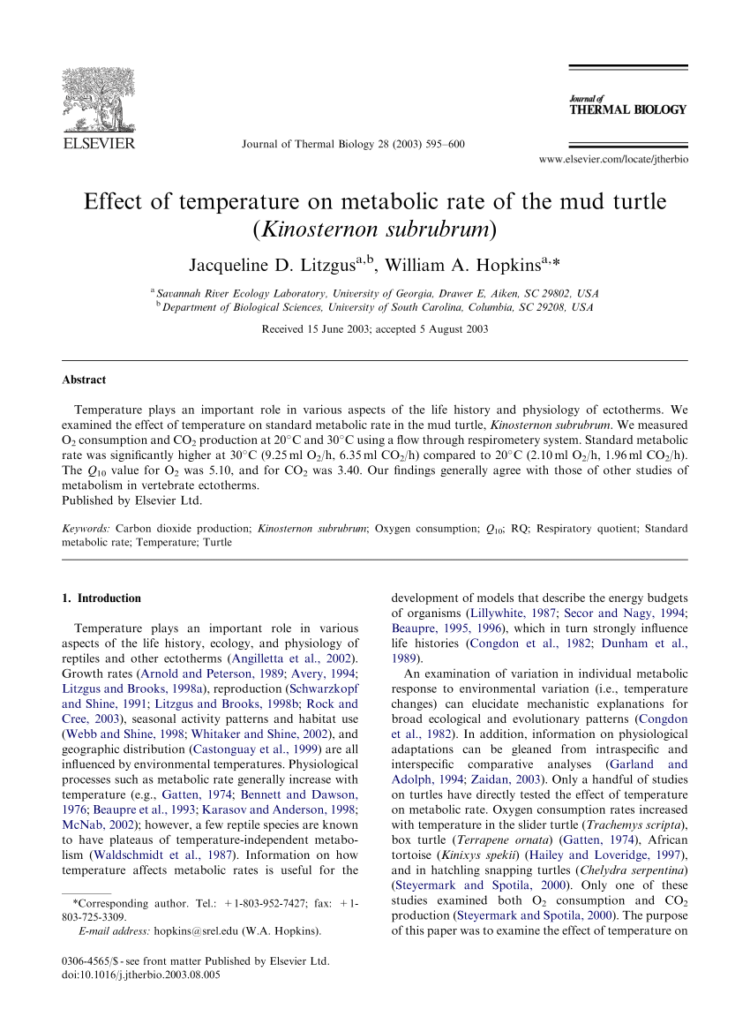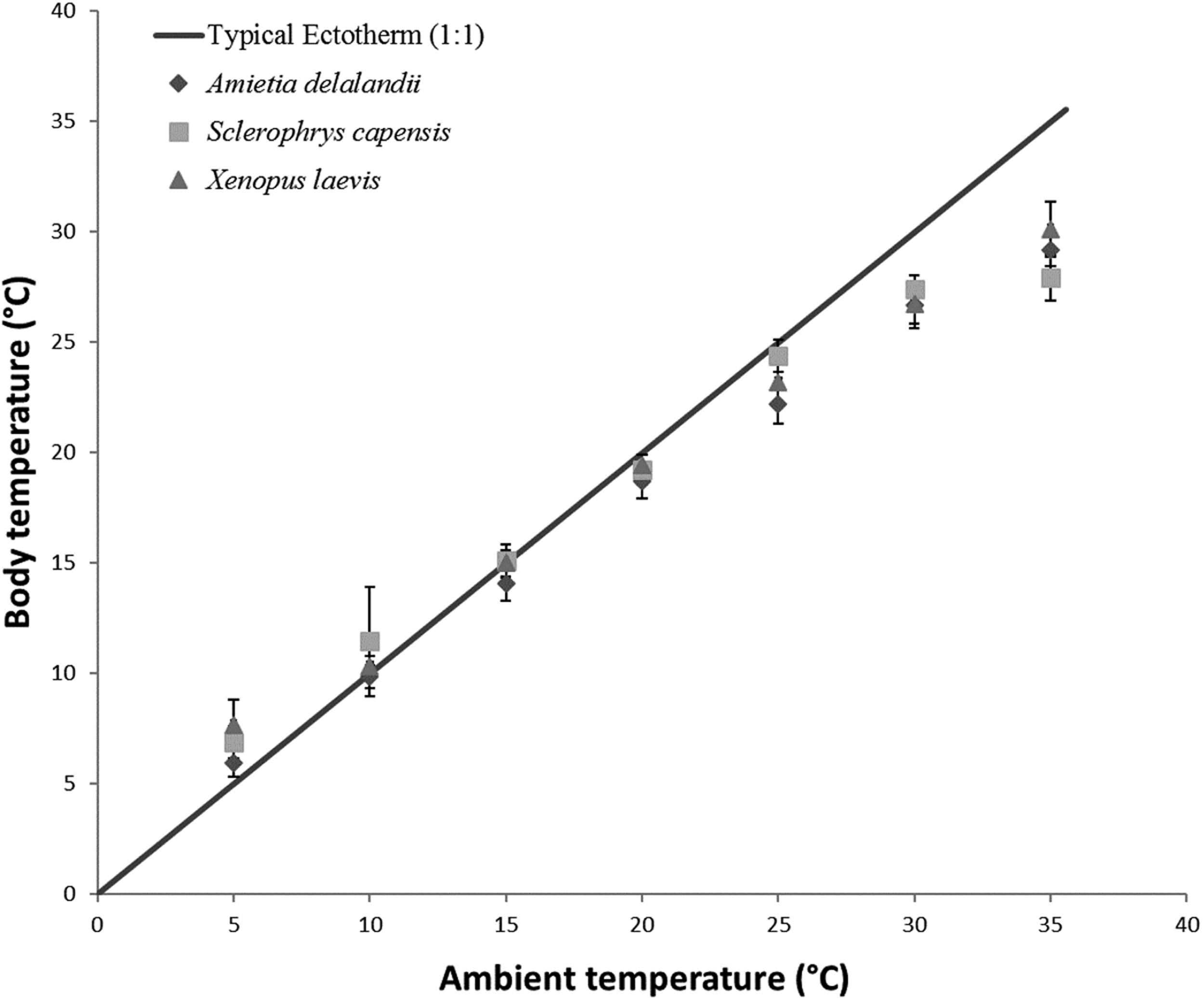In this article, you will explore the fascinating relationship between ambient temperature and the metabolic rate of baby turtles. As you delve into the research findings, you will discover how the surrounding temperature plays a crucial role in shaping these tiny reptiles’ energy expenditure. By understanding this connection, scientists aim to gain insights into the physiological adaptations of baby turtles, which could have broader implications for their survival and conservation efforts. So, get ready to dive into the world of baby turtles and uncover the captivating impact of ambient temperature on their metabolic rates.
1. Introduction
1.1 Background
Baby turtles, also known as hatchlings, are highly dependent on ambient temperature for their metabolic processes. Unlike adults, hatchlings are unable to regulate their body temperature internally and rely on external temperatures to influence their metabolic rate. The ambient temperature, or the temperature of the surrounding environment, plays a crucial role in determining the metabolic rate of baby turtles. Understanding this relationship is essential for conservation efforts and the management of turtle populations.
1.2 Importance of the Topic
The impact of ambient temperature on baby turtles’ metabolic rate is a critical factor in their survival and overall fitness. Metabolic rate governs various physiological processes, such as growth, digestion, and reproduction. Any fluctuations or deviations from the optimal metabolic rate range can significantly affect the health and survival of baby turtles. With concerns about climate change and its potential impact on ecosystems, studying the relationship between ambient temperature and metabolic rate becomes even more crucial. By gaining a deeper understanding of this topic, researchers and conservationists can develop effective strategies to protect vulnerable turtle populations.
2. Factors Affecting Baby Turtles’ Metabolic Rate
2.1 Temperature
Temperature is perhaps the most influential factor affecting the metabolic rate of baby turtles. As ectothermic animals, turtles derive their body heat from the external environment. Higher temperatures generally lead to an increase in metabolic rate, as the chemical reactions within their bodies occur at a faster rate. Conversely, lower temperatures can cause a decrease in metabolic rate, leading to reduced activity and slower growth.
2.2 Species Variation
Different species of baby turtles may exhibit varying metabolic rates in response to ambient temperature. This variation can be attributed to differences in evolutionary history, habitat preferences, and adaptations to specific thermal conditions. It is important to consider these species-specific differences when studying the relationship between temperature and metabolic rate in baby turtles.
2.3 Body Size and Age
The size and age of baby turtles also play a role in their metabolic rate. Generally, smaller and younger individuals have higher metabolic rates compared to larger and older individuals within the same species. This can be attributed to the higher energy requirements necessary for growth and development in smaller individuals. However, the exact relationship between body size, age, and metabolic rate in baby turtles is still an area of active research.
2.4 Activity Level
The activity level of baby turtles can also influence their metabolic rate. Increased physical activity, such as swimming or foraging, requires higher energy expenditure, leading to an increased metabolic rate. Conversely, periods of rest or inactivity may result in a lower metabolic rate. Understanding the influence of activity level on metabolic rate can provide valuable insights into the energy demands of baby turtles in different environmental conditions.
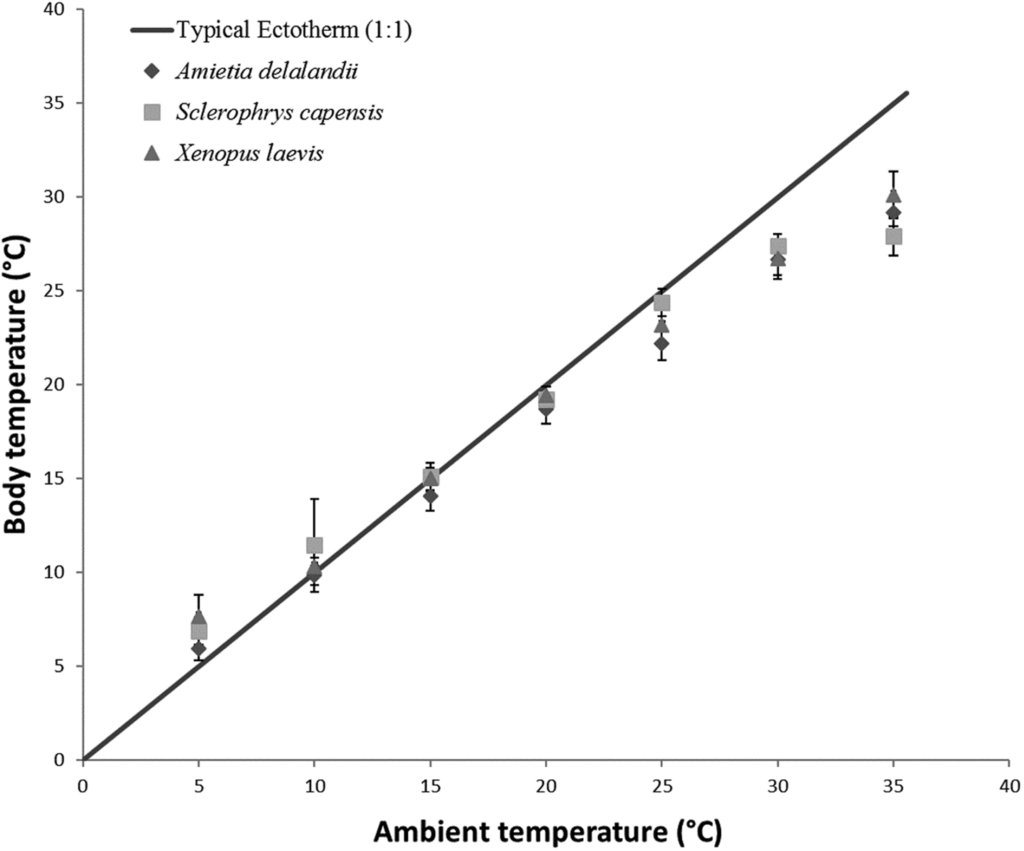
3. Understanding Metabolic Rate
3.1 Definition
Metabolic rate refers to the rate at which an organism consumes energy and carries out various physiological processes. It encompasses the chemical reactions within the body that break down nutrients and release energy. Metabolic rate is typically measured as the amount of energy expended per unit of time, usually expressed as kilocalories per day or joules per hour.
3.2 Significance
Metabolic rate is vital for the growth, development, and overall functioning of baby turtles. It affects their ability to grow, reproduce, and maintain physiological homeostasis. By understanding the factors that influence metabolic rate, researchers can gain insights into the energy requirements and ecological adaptations of baby turtles in different environments.
3.3 Measurement Techniques
Measuring metabolic rate in baby turtles can be challenging due to their small size and delicate nature. Researchers employ various techniques to estimate metabolic rate, including indirect calorimetry, oxygen consumption measurements, and the use of respirometry chambers. These techniques allow for non-invasive measurement of energy expenditure and provide valuable data on the metabolic processes of baby turtles.
4. Interactions between Ambient Temperature and Metabolic Rate
4.1 Thermoregulation in Baby Turtles
Baby turtles employ various strategies to regulate their body temperature within the confines of their environment. They rely on behavioral thermoregulation, such as basking in sunlight or seeking shade, to attain their preferred body temperature range. This thermoregulatory behavior is crucial for maintaining an optimal metabolic rate and overall physiological functioning.
4.2 Effects of High Ambient Temperature
High ambient temperatures can significantly impact the metabolic rate of baby turtles. When exposed to excessive heat, baby turtles may experience metabolic stress, leading to elevated energy expenditure and potential overheating. Prolonged exposure to high temperatures can disrupt their energy balance and negatively affect their growth, development, and survival.
4.3 Effects of Low Ambient Temperature
Conversely, low ambient temperatures can also have profound effects on the metabolic rate of baby turtles. Cold temperatures can lead to a decrease in metabolic rate, reducing the energy available for growth and other physiological processes. They may exhibit reduced activity levels, slowed digestion, and potential vulnerability to predation and other environmental threats.
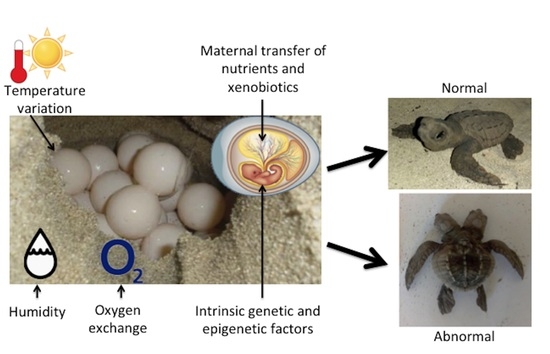
5. Experimental Studies
5.1 Controlled Environments
To study the influence of ambient temperature on the metabolic rate of baby turtles, researchers often conduct experiments in controlled laboratory settings. These controlled environments allow for precise manipulation of temperature and other variables, providing insights into the physiological responses of baby turtles under specific conditions. Controlled experiments help establish cause-and-effect relationships and provide valuable data on the metabolic plasticity of baby turtles.
5.2 Field Studies
Field studies play a vital role in understanding the relationship between ambient temperature and metabolic rate in baby turtles under natural conditions. Researchers deploy data loggers or miniature sensors to measure temperature and track the movement and activity of baby turtles in their natural habitats. These studies help elucidate the thermal preferences and thermal ecology of baby turtles, providing real-world data on their metabolic responses to different temperature regimes.
6. Metabolic Plasticity and Adaptation
6.1 Behavioral Adaptations
Baby turtles exhibit behavioral adaptations to cope with varying ambient temperatures. They may adjust their thermoregulatory behavior, such as basking or seeking shade, to regulate their body temperature within the optimal range. These behavioral adaptations help maintain an appropriate metabolic rate and enhance their chances of survival in different environmental conditions.
6.2 Physiological Adaptations
In addition to behavior, baby turtles may also possess physiological adaptations to withstand fluctuations in ambient temperature. These adaptations can include changes in metabolic enzyme activity, adjustments in metabolic pathways, and alterations in energy allocation to support growth and development. Physiological adaptations enable baby turtles to maintain their metabolic rate and thrive in diverse thermal environments.
6.3 Evolutionary Significance
The interplay between ambient temperature, metabolic rate, and the adaptations of baby turtles holds significant evolutionary significance. As these reptiles have evolved over millions of years, they have developed strategies to cope with and thrive in various thermal environments. By studying their metabolic plasticity and adaptive responses, researchers can gain insights into the mechanisms of evolution and the potential impacts of environmental changes on baby turtle populations.
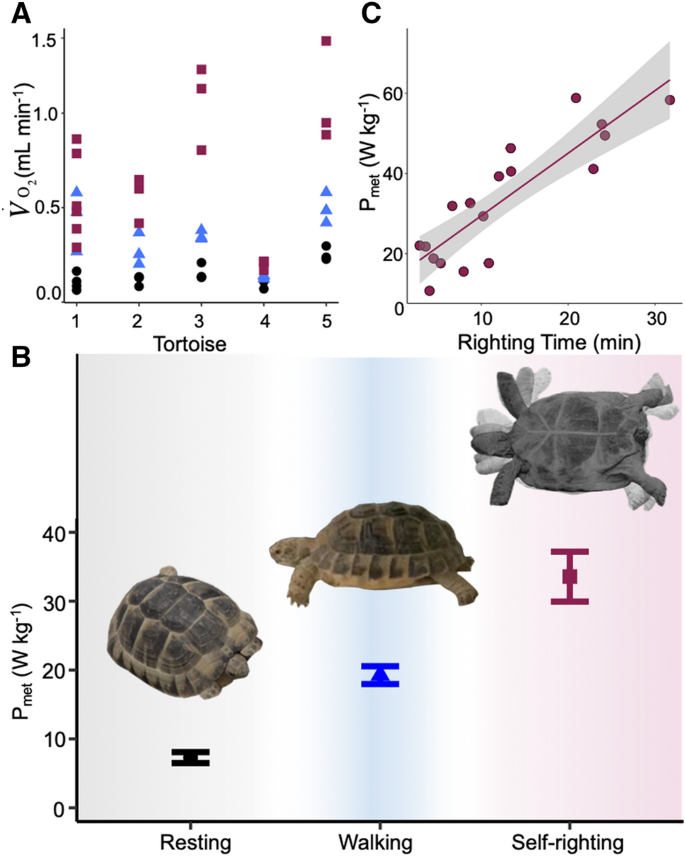
7. Conservation Implications
7.1 Climate Change
The relationship between ambient temperature and baby turtles’ metabolic rate is of utmost importance in the face of climate change. As global temperatures rise, turtle populations may face increased challenges in maintaining optimal metabolic rates. Higher ambient temperatures can lead to increased energy expenditure and reduced reproductive success. Conservation efforts should focus on mitigating the impacts of climate change to ensure the survival and well-being of baby turtles in the future.
7.2 Habitat Loss
Habitat loss, fragmentation, and degradation also pose significant threats to baby turtle populations. Loss of suitable nesting sites, foraging grounds, and thermal refuge areas can disrupt their thermoregulatory behavior and negatively impact their metabolic rate. Conservation initiatives should prioritize the preservation and restoration of critical habitats to support the metabolic needs of baby turtles and promote population sustainability.
8. Recommendations for Future Research
8.1 Long-term Studies
Given the complex interplay between ambient temperature and metabolic rate in baby turtles, long-term studies are necessary to understand the long-term effects of changing environmental conditions. Longitudinal studies that track the growth, development, and behavior of baby turtles over extended periods can provide valuable insights into their adaptive responses to climate change and anthropogenic disturbances.
8.2 Genetic Analysis
Further research should also investigate the role of genetic factors in shaping the metabolic response of baby turtles to ambient temperature. Genetic analysis can reveal the presence of specific genes or genetic variations associated with thermal tolerance and metabolic plasticity. Understanding the genetic mechanisms underlying these physiological traits can contribute to the development of targeted conservation strategies and the preservation of genetic diversity in baby turtle populations.
In conclusion, the relationship between ambient temperature and baby turtles’ metabolic rate is a crucial aspect of their survival and overall fitness. Temperature fluctuations can significantly influence their growth, development, reproductive success, and ecological interactions. By studying the factors affecting metabolic rate and the adaptive responses of baby turtles, researchers can inform conservation efforts and promote the long-term sustainability of these remarkable reptiles.
